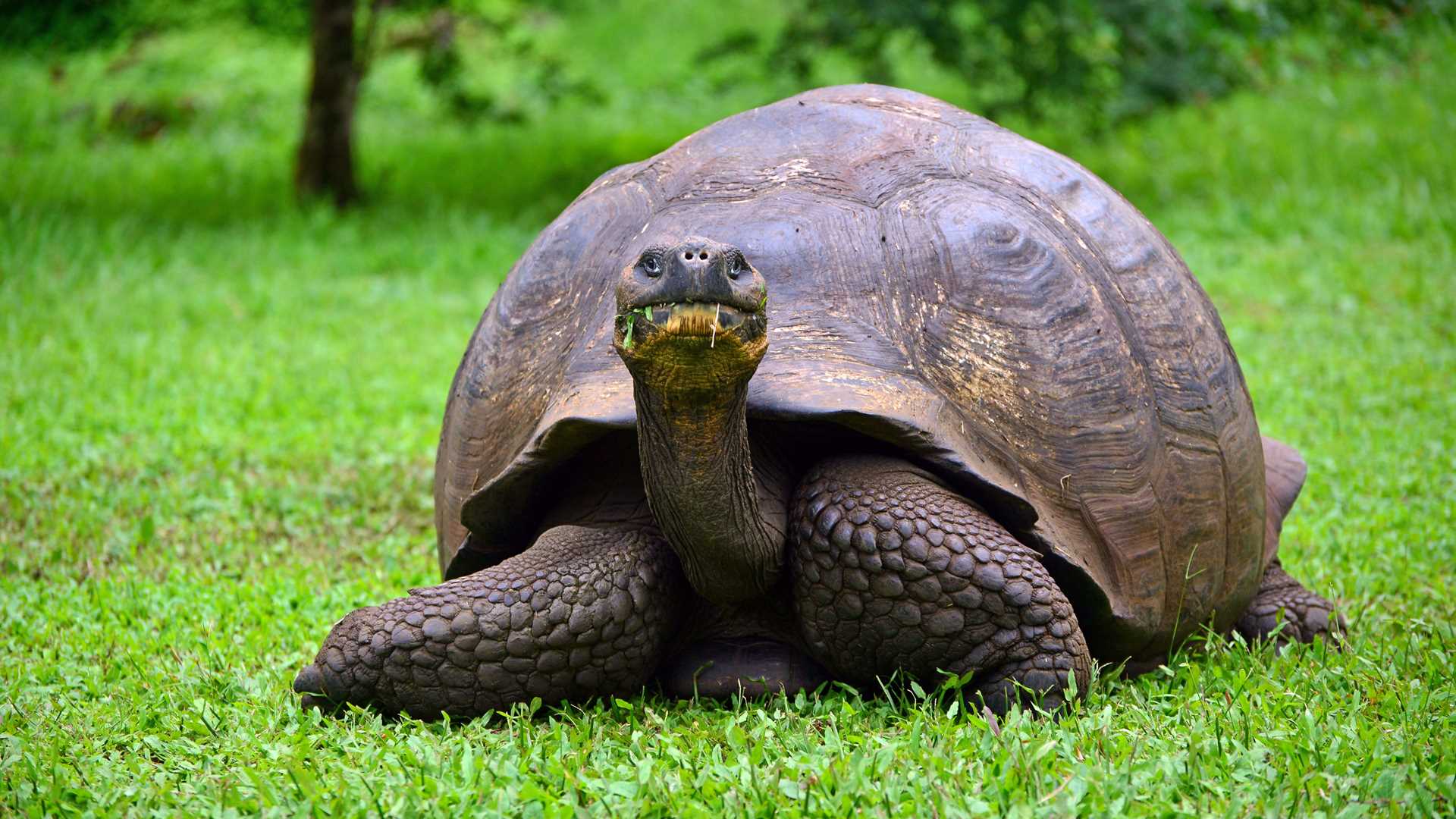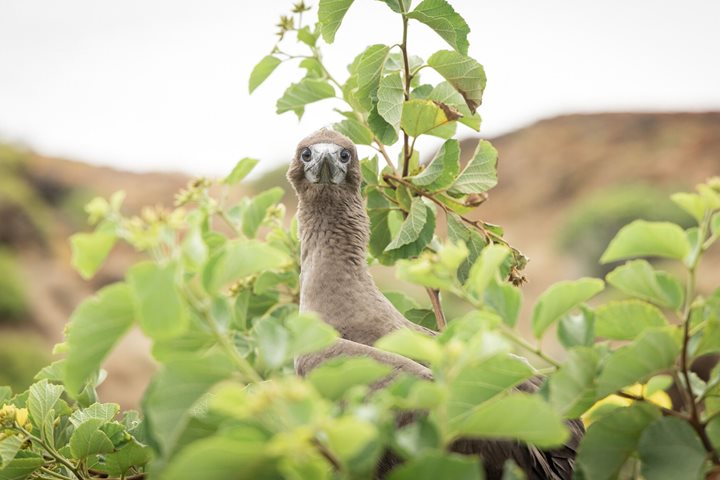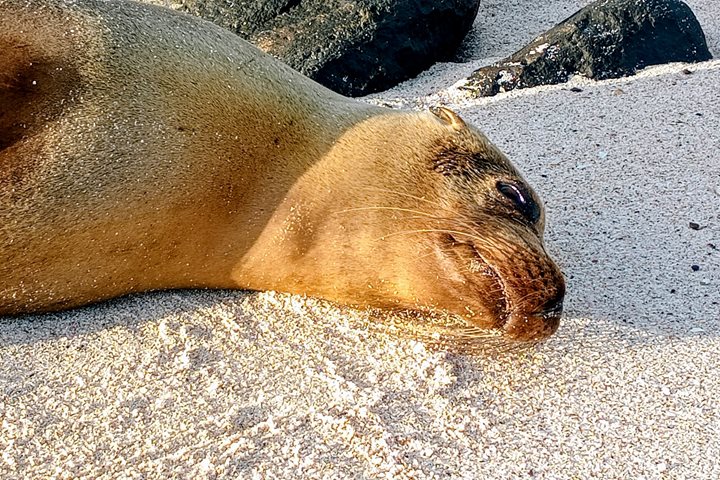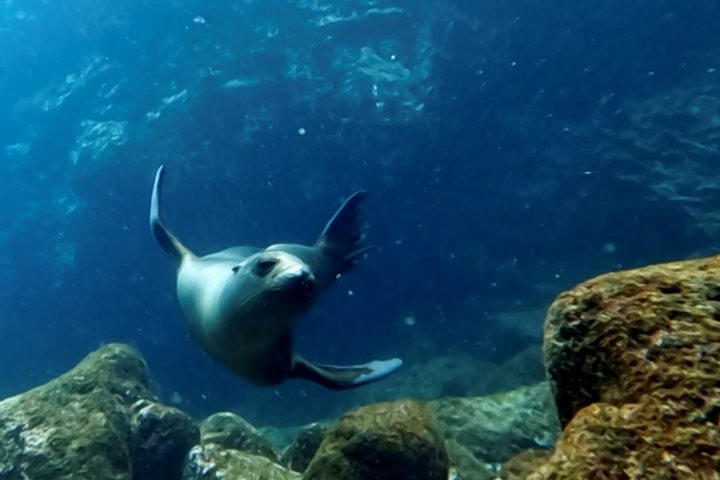Without a doubt, the best place to observe giant tortoises in their natural habitat is on Santa Cruz Island. This iconic creature can be found roaming freely in the highlands of the island. Giant tortoises are famous for their gentleness and for being one of the endemic species that captivated naturalist Charles Darwin the most during his visit to the archipelago in 1835. Today we dedicate the whole day to these giants, visiting them in the wild in the morning and in the afternoon at the breeding center of the Galapagos National Park.
Early in the morning National Geographic Islander II dropped anchor at Academy Bay at Puerto Ayora, the largest town on the archipelago. After breakfast we headed to the main dock and afterwards, we boarded the buses heading to the highlands to visit “El Trapiche,” one of the oldest farms of the island. Its owner, Mr. Adriano Cabrera, showed us the process of making sugar and alcohol (moonshine) from sugar cane juice. What makes this site special is the rustic way of producing and harvesting the products which was developed hundreds of years ago.
After savoring delicious Galapagos coffee with chocolate and brown sugar, we headed towards “Los Gemelos” or “The Twins,” a pair of pit craters located in the center of Santa Cruz Island at its highest point. The collapse of a magma chamber formed both craters long time ago. The holes are giant and estimated to be a few hundred feet deep with sheer cliffs surrounding the dense vegetation below. We walked along the craters covered by a forest of scalesia pedunculata, an endemic tree found in the highlands of the island.
After visiting the pit craters, we headed at El Manzanillo Farm to enjoy a succulent and delicious lunch and then to visit the emblematic giant tortoises in their natural habitat. We found them everywhere, along the road, climbing hills, resting inside muddy puddles, or feeding on grass. We observed males and females of different sizes and ages roaming freely and indifferently close to us.
Finally, we headed back to Puerto Ayora to visit the Galapagos National Park breeding center. We observed the efforts made by local institution trying to protect and preserve the lineage of this emblematic species unique in the world. We started visiting the smallest tortoises which had left the incubators few months ago; next the females and males in corrals where we could appreciate the difference in size and the shape of their carapaces.
After an incredible day with the giants of the Galapagos, we started our return to National Geographic Islander II as the sunset painted the horizon with a reddish color that was reflected in the sea, while we, tired but happy, remembered this special day.







